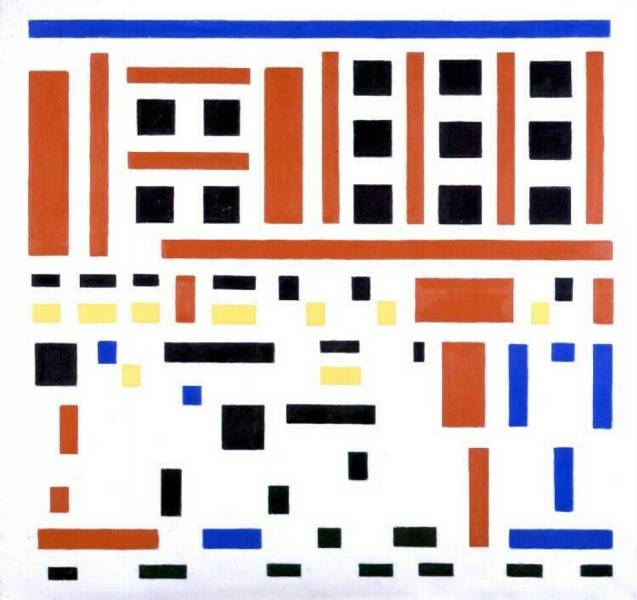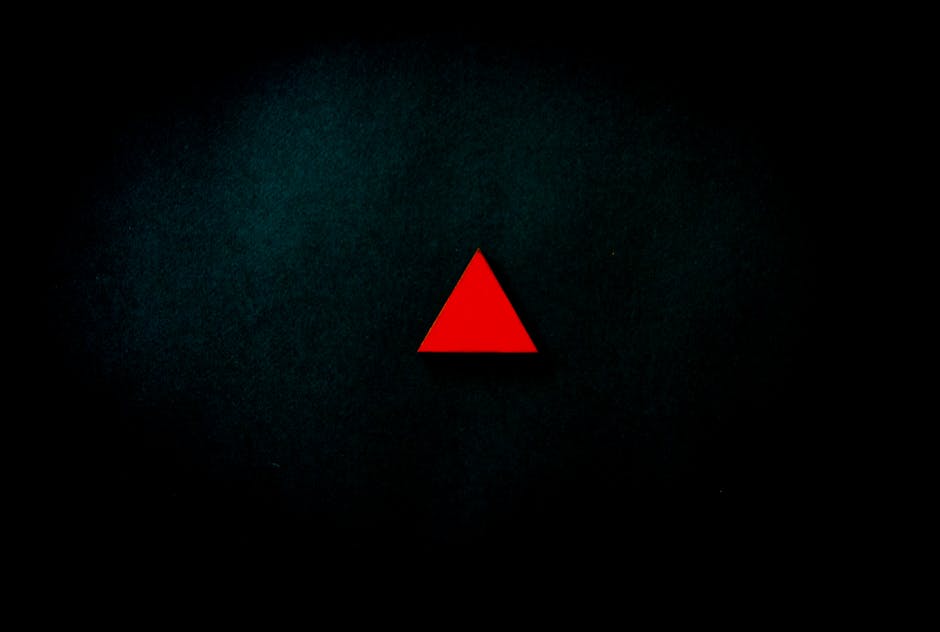
pole of random symbolismlines by orangepumpkins on DeviantArt
Lines form forms. Simple regular visual/spatial forms like dots, lines, and containers, have meanings that are readily apparent in context. They are used in the service of clear communication, to.

Symbolism and Elements of Lines Quiz PDF
1. Horizontal line - creates a calm, peaceful feeling 2. Vertical line - creates significance, attention, 3. Diagonal Line - creates energy 4. Curved Line - creates energy also 5. Combination of Vertical and Horizontal - creates perception Here is a youtube video about LINE, you may find useful. Lines can also be bold, unassuming, or or hinted.

Symbolism of Lines De Stijl Symbolism
The Grammar of Lines A line is a dot out for a walk. —Paul Klee A line connects two points. It's also the path made by a moving point. Lines can be thick or thin. They can be long or short. The can be vertical, horizontal, or diagonal. They can be solid or dotted or dashed. Lines can be curved or straight of combinations of both.

Symbolism in Hamlet Chart
Symbolism is a broad practice that can be found all around you. See for yourself with these symbolism examples of the deeper meanings that exist.

Tidbit of Symbolism (Lines of Sanzu) Anime Amino
1 of 3 Summary of Symbolism As opposed to Impressionism, in which the emphasis was on the reality of the created paint surface itself, Symbolism was both an artistic and a literary movement that suggested ideas through symbols and emphasized the meaning behind the forms, lines, shapes, and colors.

French painter Armand Point was influenced by the PreRaphaelites
Line is a mark made using a drawing tool or brush. There are many types of lines: thick, thin, horizontal, vertical, zigzag, diagonal, curly, curved, spiral, etc. and are often very expressive. Lines are basic tools for artists—though some artists show their lines more than others. Some lines in paintings are invisible—you don't actually.

Shower Curtain with Hooks, Abstract Symbolism Lines Featured Modern
Line as Texture PETER DOIG (1959-) The Architects Home In The Ravine, 1991 (oil on canvas, 200x275cm.) The Architects Home In The Ravine is an enchanting painting by Peter Doig based on photographs and childhood memories of Beaumont House, the home of the famous Canadian architect, Eberhard Zeidler.

I began with wordmark sketches for the branding of the Enjifit app from
A line in art is defined as a point moving in space, and it's one of the seven elements of art (line, color, shape, form, texture, value, space). It is one of the most crucial elements, as everything begins with just a simple dot in space, that transforms into lines and then drawings. Lines are everywhere!

Two Birds in a Tree Symbolism Diagonal lines
Horizontal Lines. A horizontal line is a straight line that moves parallel to the horizon. It also moves from left to right. In art, a horizontal line is used to indicate the width, distance, and stability of the object. Diagonal Lines. A diagonal line is a straight line that is slanting in any direction apart from horizontal and vertical.

Symbolism Will Be Their Downfall The Orion Lines
Bold, solid arrows will convey more strength than thin or hollow arrows. Squiggly arrows can give your design a playful air. Arrows can be quite small, for use in bullet lists, or quite large to house text inside them. Concentric arrows, in triangle or circular forms, can be used to represent cycles and processes.

Download mobile wallpaper Flag, France, Symbolism, Lines, Texture
Types of Line in Art. Line in art comes in different lengths, shapes, and sizes, for example, curved, zigzag, spiral, wavy, horizontal, vertical, diagonal, and more. It is also important to note that any type of line can be short or long, thick, or thin. Definition of Types of lines in art. Click on the image to download the PDF.

Symbolism Made Simple Between the Lines of Literature
Line as an art element. Google Classroom. Albrecht Dürer, The Four Horsemen, from The Apocalypse, 1498, woodcut, 38.7 x 27.9 cm (The Metropolitan Museum of Art) Line is the most basic visual element. Lines can be used to define shapes and figures, but also to indicate motion, emotion, and other elements.

Tidbit of Symbolism (Lines of Sanzu) Anime Amino
Symbolism is a literary device in which a writer uses one thing—usually a physical object or phenomenon—to represent something more abstract. A strong symbol usually shares a set of key characteristics with whatever it is meant to symbolize, or is related to it in some other way. Characters and events can also be symbolic.

3 Lines Symbol Spiritual Meaning and Symbolism (2023)
Full of energy and potential, these lines can remind viewers of skyscrapers, Grecian columns, or towering basketball players. Because these lines can appear to be stretching from earth to heaven, they can even conjure a feeling of spirituality and grandeur. A thick vertical line conveys strength and rigidity, as in a tree trunk, whereas a thin.

"Abstract White Soft Lines" abstract white soft line pattern, abstract
What to Know Lines can be used for a bunch of different purposes from simple organization to conveying complex meaning. Different lines in different orientations have different characteristics. Lines are often used to express information, and lines are key components of the world around us.

The Red Line An international symbol to represent disaster relief/aid
The lines suggests weight, dignity, and stolidity. It's not a lighthearted line; instead, it has gravity and feels sober. In the Hopper painting, it adds even more weight and seriousness to the already-stable structure. Add these lines to the gloomy colors, and it's no wonder the house doesn't look like a joyful home!